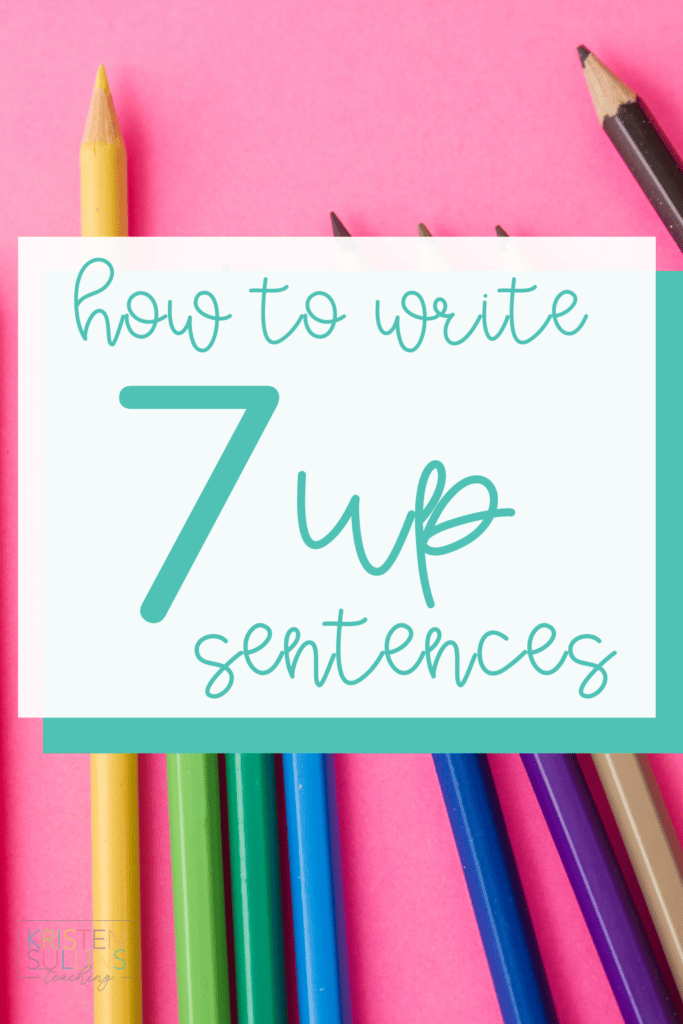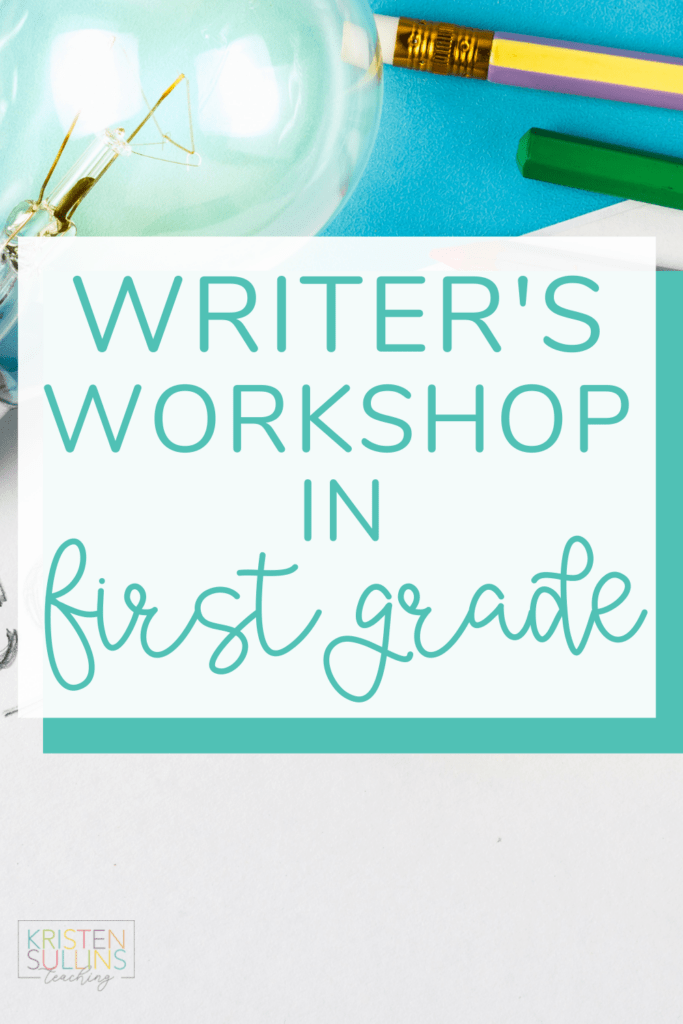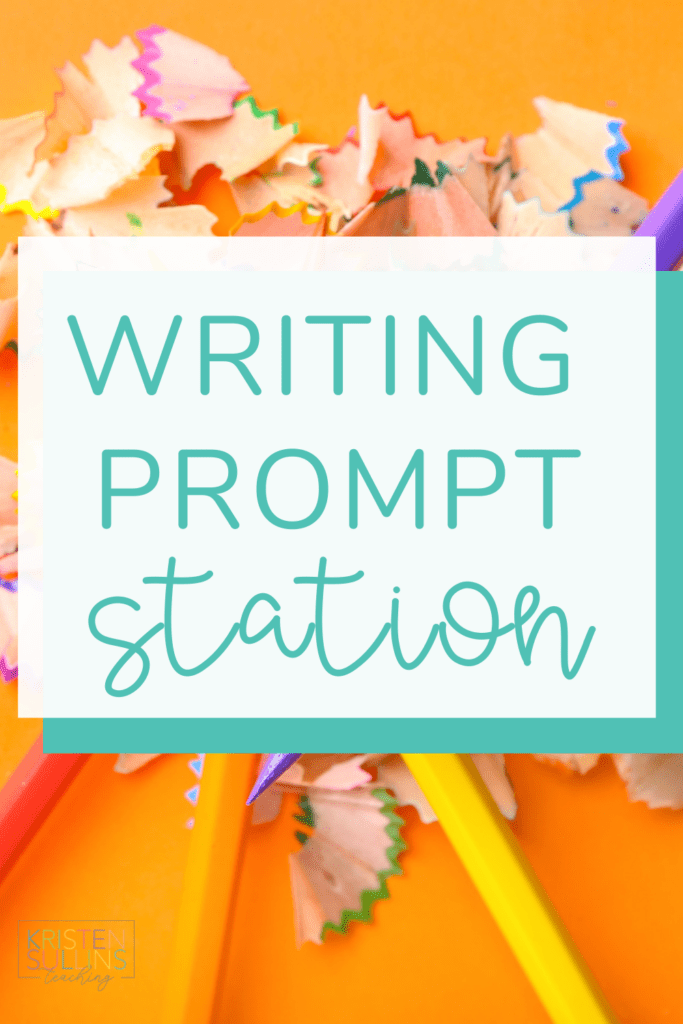With the integration of constructed responses on state assessments, it is important now more than ever to help our elementary students build their writing skills.
It’s no surprise that writing is a hard process for students to develop, but it can be equally hard for teachers to teach.
So, I did a little research in search of effective, highly engaging writing strategies to use with my elementary students. That’s when I found “collaborative paragraphs”.
Understanding Collaborative Writing
Collaborative writing is a procedure in which two or more persons work together on a text of some kind. Essentially, students are “sharing the pen” and going through the writing process together to develop a team writing project.
Collaborative writing matters for young learners as it not only promotes social development, enhances cognitive skills, and cultivates a growth mindset but also fosters creativity, innovation, and prepares students for real-world collaboration.
When teachers integrate collaborative writing, they can nurture the holistic development of their students while laying the foundation for lifelong learning and collaboration.
And, if we are being honest, kids learn best when they are having fun, and what’s more fun than getting to work with your friends?

Benefits of Collaborative Writing
Improved Writing Skills: Working together allows students to learn from each other, share different writing techniques, and improve their overall writing abilities through peer feedback and shared ideas.
Enhanced Creativity: Collaborative writing encourages creativity as students brainstorm and develop ideas collectively, leading to richer and more diverse content.
Critical Thinking and Problem-Solving: Students must think critically and negotiate differing viewpoints to create cohesive and logical pieces of writing, enhancing their problem-solving skills.
Communication Skills: Collaborative writing requires effective communication. Students must articulate their ideas clearly, listen to others, and engage in constructive discussions, which improves their verbal and written communication skills.
Teamwork and Cooperation: This activity teaches students the importance of teamwork and cooperation. They learn to work together towards a common goal, share responsibilities, and support each other.
Social Interaction and Relationship Building: Collaborative writing provides opportunities for students to interact and build relationships with their peers, fostering a sense of community and belonging.
Overcoming Challenges in Collaborative Writing
Just like any instructional strategy, collaborative writing might also present you with some challenges. However, I always believe that if you can prepare for it, you can prevent it.
One of the great benefits of grouping students is that a natural leadership role is typically established early on. But that can also present some challenges.
Before I ever present the collaborative writing project to my class, I always start with our rules and jobs. By clearly stating our rules, I ensure that my students are very clear on my expectations for them while working together. Clear expectations for collaborating ensures that time is spent effectively and everyone contributes in a constructive way
Suggested rules for collaborative writing (in no particular order):
1.Respect your co-authors.
2.Discuss before you write.
3.Disagree in a nice way.
4.Only say things that build each other up – use respectful language.
5.Speak loudly and clearly.
6.Everyone participates.
7.Stay on topic.
8.Give eye contact to the speaker.
9.Sit together in a way that includes everyone.
10.Wait your turn to speak.
It’s also important to help build a culture for healthy discussions in your classroom. Here are some sentence stems to help cultivate health discussions about your students’ writing.
Phrases for Discussion:
I agree with ___ because…
I disagree with ___ because…
I like that you..
I think that..
What if…
Can we try…
What if we…
My idea is…
Student Jobs for Writing
Having specific roles can make students feel more engaged and motivated. They are more likely to be attentive and involved when they have a vested interest in the writing project. I’ve listed some Possible student jobs for the writing process below, but just know that these jobs are very flexible and you can structure them in a way that fits your students and your classroom.
Possible student jobs during the collaborative writing process:
1.Read the assignment and lead the discussion
2.Note taker during discussion
3.Lead the drafting process
4.Lead the editing and revising process
5.Present the finished writing to the class
This may be a writing project, but it can really be used for much more. When students are entrusted with responsibilities, they gain confidence in their abilities. Successfully completing tasks boosts their self-esteem and encourages them to take on new challenges.
Examples of Successful Collaborative Writing Projects in Elementary Classrooms
There are countless ways that you can incorporate collaborative writing projects into your elementary classroom first grade all the way up to sixth grade! A few examples include collaborative storybook creation, class newspaper or magazine articles, collaborative poetry collections or co-authored scripts for plays or skits.
In my own classroom, I found it easier to start with information or nonfiction writing. More specifically, I like to start with procedural writing, or more commonly referred to as “how to” writing. This is such a great topic to start with because each student gets assigned a specific step in a process, which allows them to have very easily defined “lanes” for writing.
How To Collaborative Writing
This How To – Collaborative Writing Toolkit is a tool that I created to help make collaborative writing in the classroom super easy! It is designed for groups of 4 students working together on a group writing project that results in a procedural writing booklet.
Three steps of writing: Note-taking, Draft Writing and Final Project
Student groups are encouraged to discuss and take notes before writing. They can then use the draft writing forms to begin writing their own sections. After drafts are complete, students can help each other revise and edit before creating the final draft of the project. Students will be writing on their own individual writing pages, so the teacher will have to help them assemble (staple) their pages together to form a writing booklet.
Levels of Rigor:
I created this toolkit with two levels of rigor. I say “levels of rigor” intentionally because it is not intended for different grade levels. We all know that there are multiple levels of skilled writers all within the same classroom. Some writers need a little more structure and support while other writers are able to excel with less structure and more freedom.
Levels of Rigor included in the toolkit:
LEVEL 1: Procedural Sentence Writing
Each student writes & illustrates one sentence
LEVEL 2: Procedural Writing
Each student writes & illustrates one page
Writing Prompts included in the toolkit:
Included in the How To Collaborative Writing Toolkit is a list of more than twenty five possible procedural writing prompts. Student groups can choose from this list of writing prompts. To allow students more freedom, students can simply use this list of writing prompts to spark an idea for their own topic.
Strategies for Implementing Collaborative Writing Activities
There is not one “correct” way to implement collaborative writing activities in your elementary classroom. For this reason, I did a little research on different strategies for getting collaborative writing projects started to meet the needs of diverse learners.
Creative Collaborative Writing Strategies:
- Pair and small group writing exercises
- Brainstorming ideas together
- Dividing tasks based on strengths and interests
- Peer editing and feedback sessions
- Whole-class collaborative writing projects
- Story chains and round-robin writing
- Shared writing on interactive whiteboards or paper
- Class blogs or newsletters
- Integrating technology for virtual collaboration
- Online collaborative writing platforms
- Video conferencing for remote collaboration
- Digital storytelling tools
How To Collaborative Paragraphs Toolkit
Are you ready to engage your students in writing like never before?
Everything mentioned in the How To Collaborative Writing toolkit can be found HERE!
This system will allow you to set your students up for success by providing a structured environment for teamwork, feedback and personal growth!
With two levels of rigor to choose from and “done for you” writing prompts, this toolkit has everything you need to get started with collaborative writing!














